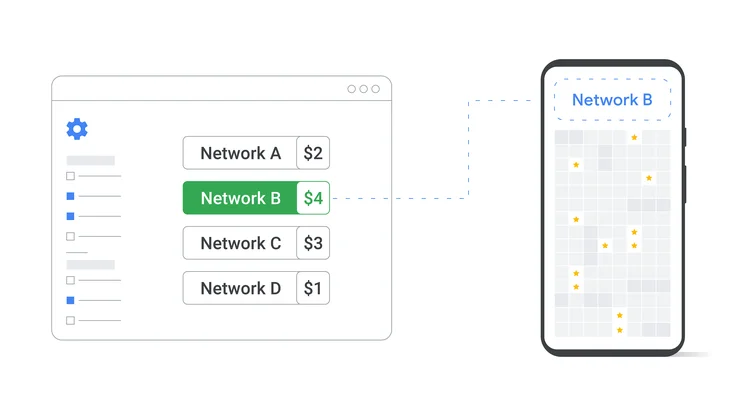Tips for writing a successful invalid traffic appeal
In a previous publisher blog post, we discussed tips for writing a successful policy appeal. In today's topic, we’re exploring what happens when publisher accounts are disabled due to invalid traffic, when to submit an appeal, and tips for making those appeals successful.
Invalid traffic includes any clicks or impressions that may artificially inflate an advertiser's costs or a publisher's earnings. Invalid traffic covers intentionally fraudulent traffic as well as accidental clicks.
In the ads ecosystem, advertisers rely on the relevance of our ad placement and the quality of the interaction their ads receive. Publishers in turn count on advertiser participation that contributes to the success of their apps and business. Without this trust, the Google advertising network could not exist. Google treats invalid traffic very seriously, analyzing all clicks and impressions to determine whether they fit a pattern of use that might artificially drive up an advertiser's costs or a publisher's earnings. If we determine that an account might pose a risk to our advertisers, we may take actions against the account, such as suspending or disabling it, in order to protect our advertisers' interests.
Before we continue, let's clarify the difference between an account suspension and an account disablement.
If your account was suspended due to invalid traffic, ad-serving has been turned off for a fixed period (typically 30 days). While suspensions are not currently appealable, if you would like to provide additional feedback to help us improve our processes and communications, you may do so using our suspended publisher feedback form. If there are no further compliance issues with your account, it will be automatically unsuspended after the fixed period. For more information about account suspensions, please visit our AdMob Help Center.
If your account was disabled due to invalid traffic, your account is no longer serving ads, and you will be unable to monetize with any Google ad solutions. You're eligible to file an invalid activity appeal, but please be aware that that filing an appeal does not guarantee reinstatement. For more information about account disablements, please visit our Help Center.
If you would like to file an invalid traffic appeal for account reinstatement, please first review the AdSense program policies and top reasons for account closure. These policies and reasons apply to all Google ad solution products, including but not limited to AdMob, AdSense and YouTube.
Here are some tips that you may find useful in writing your appeal:
- Review the top reasons for account closure. Think about if any of these reasons applied to you and your content. Did your friends click on your ads too many times? Did you purchase traffic that led to a surge of invalid activity? Can you make content and/or behavioral changes to prevent the activity from happening again?
- Review ad implementations on your desktop site, mobile site, and/or mobile app. Think about what your typical user workflow would be, and see if the ad implementations may cause users to accidentally click on your ads.
- In the appeal form, provide the e-mail address that is associated with your disabled AdSense/AdMob account. This will help locate your account and reduce delays in appeal processing time.
- Tell us what changes you’ll make for the future. Once again, carefully consider the top reasons for account closure. What systems or behaviors have you put in place to ensure this won't happen again? For example, tell us how you've adjusted your ad implementations, evaluated your traffic sources, hired testers to properly test your content, etc. We will appreciate your honesty in the appeal.
Publishers are a vital part of the online ads ecosystem, and we want to see you succeed while keeping your users happy and engaged. Everyone in the digital ecosystem benefits when publishers provide engaging content and useful resources, which in turn incentivizes advertisers to bid for space on your content. We hope that these resources can provide some guidance.





